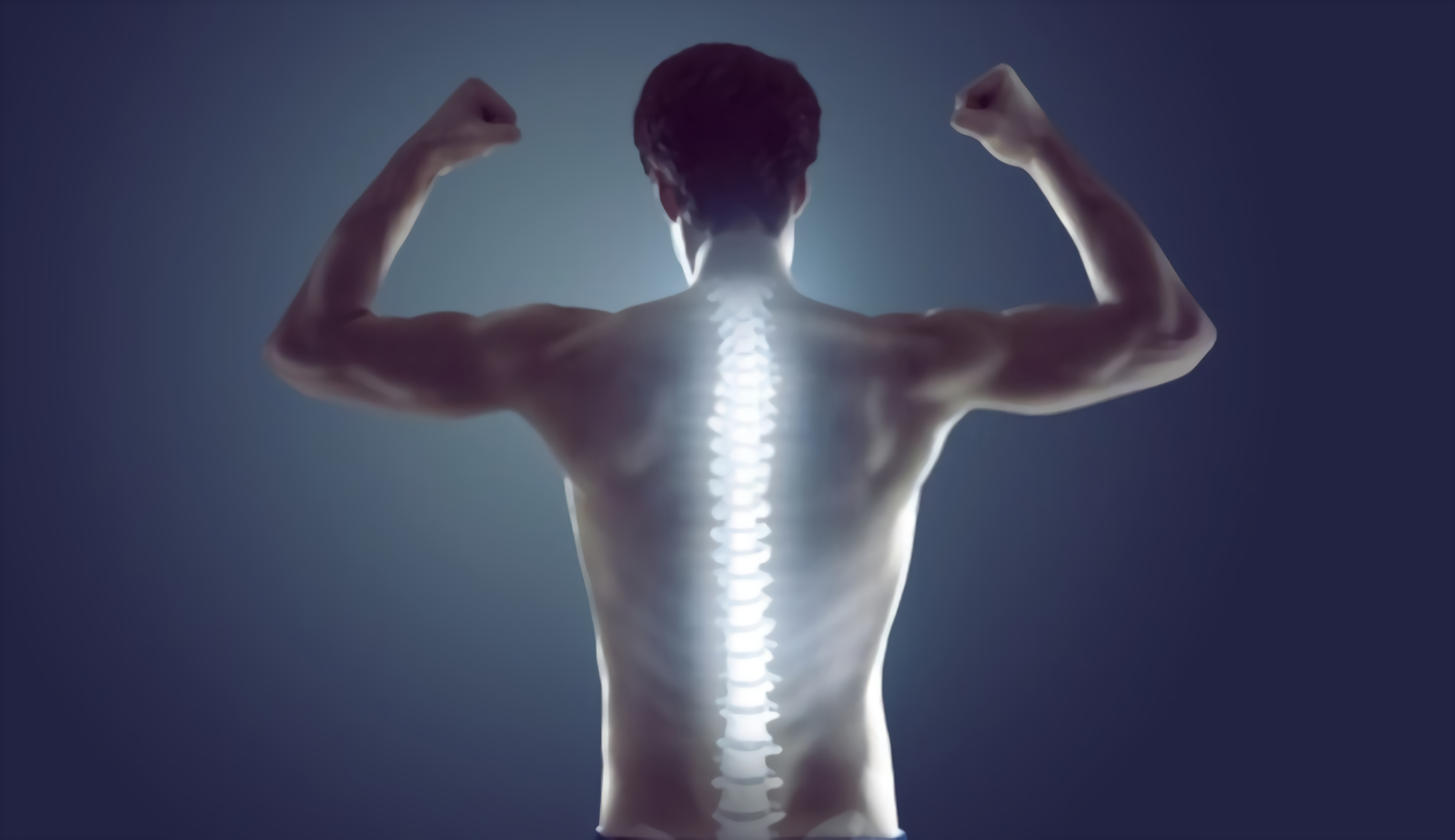
Spine health suffers a setback as age advances and this deterioration is inevitable in old age. As age progresses one could experience joint stiffness and aches besides decline in spine functionality and flexibility.
Spine health is important because imbalance in spine health have a negative impact or stress on bones, joints, muscles, ligaments, tendons and discs. This is followed by abrupt wear and tear, fatigue and pain which in turn irritates the nervous system. The disturbed nervous system alters body function, resulting in diseases which become chronic in due course of time.
Before visiting a spine specialist, one could check best exercises for spine health at home by the following methods.
While standing on two bathroom scales, if the weight distribution is not equal, the spine, hips or head might be at trouble.
Leg length inequality, feet pointing outward or inward instead of pointing forward, are known as foot flares and denote problem in lower spine or hips.
Unbalanced head, shoulder or hips is not normal enough and one should head towards spinal specialist or chiropractor immediately.
Tilting and rotating head and hips must be effortless and pain free without any joint clicking noises.
One could also check spine health through MRI scans, X ray and CT scan.
Irrespective of presence of spine problems, best exercises for spine health are desirable and inevitable part of one’s routine life. Stretches maintain spine alignment besides keeping the back flexible for physical activities.
Lie on the back and pull knees to the chest and push head forward to experience a gentle stretch. This decreases lower back pain and prevents any such pain from occurring in future. It also enhances spine mobility.
Lay on the back, rest your heels on the floor bending the knees. Put both hands behind one of the knees and bring it to the chest. Repeat the exercise with other leg. This relieves pressure on spinal nerves and creates more space for those nerves to exit the spine. This exercise improves blood circulation and enables joints to receive more nutrients.
This exercise is apt for those in desk jobs to get rid of neck pain. Gently tilt head forward till the chin touches the chest. It can be done in sitting and standing positions and answers back pain caused due to poor posture.
Similar to chin to chest stretch, this exercise can be done at desktop or while standing. Tilt head sideways as if ears are trying to touch shoulders. Stop immediately when you feel a gentle stretching. Hold for 30 seconds. This stretch calms and balances mind and body and reduces tension and stress. However, this exercise must be avoided if one has neck or shoulder injury.
Stand with feet apart to width of shoulder and take half step back with right foot. Bend left knee and shift weight to right hip. Keep right leg straight and reach down right leg till you feel gentle stretch in outer hip.
When hips are stretched active glutes improve performance and help to minimize back injuries. On the other hand, when hips are tight they aggravate over use and load of spine.
Other exercises for the back include sphinx, superman, standing extension and piriformis stretch, cat and dog, runner’s stretch, advanced reach and hyperextension.
Lie on the stomach and raise upper body slowly while keeping pelvis flat on the floor. Create an arch in lower back and continue only till you start feeling the stretch. Meanwhile keep forearms in contact with the ground and hold for 10 seconds and repeat. This exercise strengthens back muscles and opens up tight areas around the spine.
Lie down on the stomach and raise shoulders with arms extended before you. Hold for 30 seconds and return to normal. This exercise must be repeated 10 times. This exercise strengthens erector muscles that run along the spine, glutes, enhances stability, improves posture and avoids back injury.
Place hands on the lower back and arch backwards till it does not cause discomfort. Hold for three seconds and return to normal. Repeat five times. This exercise strengthens lower back and enhances the ability to co-ordinate movement in the lower back. They make muscles stronger.
Lie down on the back and stretch arms 45 degrees away from the body. Let the knee fall across your body to the ground. Keep shoulders flat and hold for 30 seconds. Return to starting position and repeat with other leg. This exercise provides relief from sciatica pain.
Start on all fours. For cat pose, create arch in lower back by raising abdomen to the sky and bow your head. For dog pose, lower abdomen to the ground and raise head. Do the exercises separately and hold for 30 seconds and repeat 20 times. This exercise improves blood circulation between the vertebrae and relieves back pain and stress.
Sit with legs extended and feet together. With hands flat against the ground extend forward as far as you can only till it is comfortable. Hold for 30 seconds and repeat ten times. This exercise reduces risks of injury and low back spasms and maintains flexibility and strength.